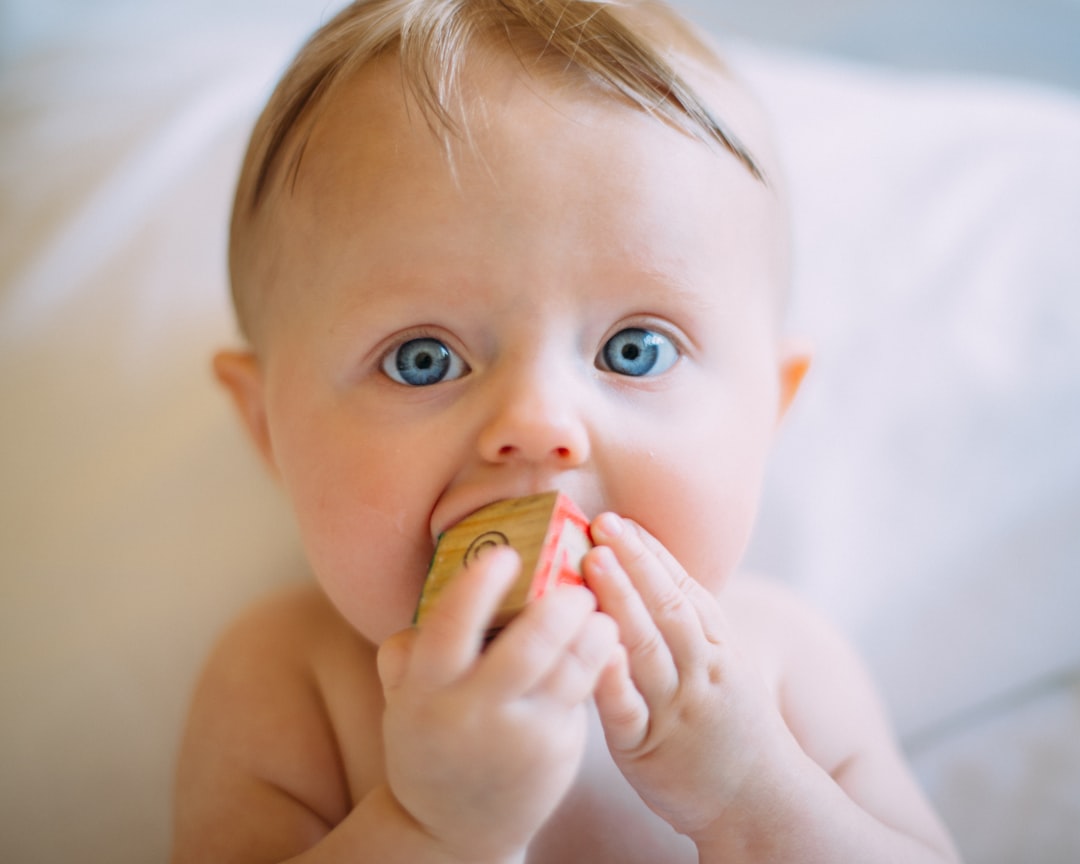What is it about?
All babies learn the languages they are exposed to -- but apparently not at the same rate. What are the factors that predict babies' language learning rate? We studied this with a very naturalistic measure of language: how much babies spoke in a typical day. In a nutshell, we found two obvious factors: a child's age and their normativity status. That is, older children spoke more than younger ones, and children at risk of atypical language development spoke less than those not at risk. We also found significant correlations with how much speech by adults children heard. In contrast, whether a child was exposed to multiple languages, as well as the child's gender, did not explain variation in children's everyday speaking rate.
Featured Image

Photo by Reynardo Etenia Wongso on Unsplash
Why is it important?
Our study is unique not only because we study several factors that could explain learning rate variance together, but also because of the very special data these conclusions are based on: We looked at whole days of audio, recorded from 1,001 children, who were growing up in a variety of cities and villages.
Perspectives
I was personally delighted to be part of this collaborative and open-science work, which contributes to enriching and diversifying the field of early language acquisition.
alejandrina cristia
Read the Original
This page is a summary of: Everyday language input and production in 1,001 children from six continents, Proceedings of the National Academy of Sciences, December 2023, Proceedings of the National Academy of Sciences,
DOI: 10.1073/pnas.2300671120.
You can read the full text:
Contributors
The following have contributed to this page










